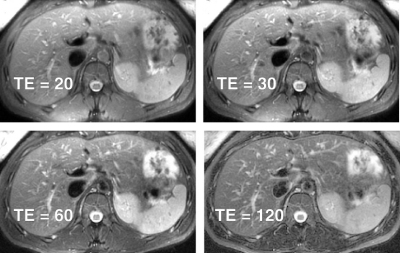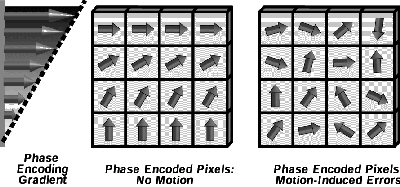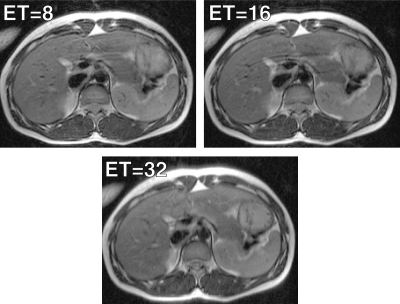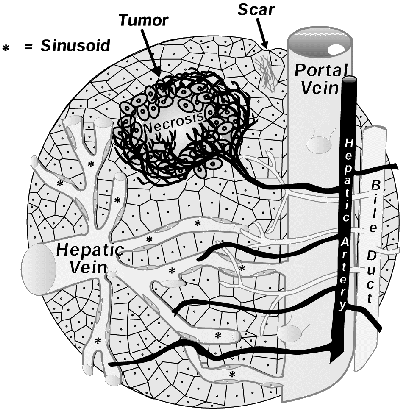Now you can understand how MRI works...without
grappling with complex math and physics!
"For those whose lack of a mathematic background has prevented them from fully understanding MR imaging and harnessing its obvious clinical, diagnostic, and therapeutic potential, this book is particularly invaluable."
-Radiology, review of the first edition
The New Edition of this popular, practical resource offers a lucid introduction to the principles of MRI, explaining in plain language the general principles of magnetism and nuclear magnetic resonance induction, and how this phenomenon can be used to generate and manipulate images for clinical use. A wealth of high-quality illustrations, complemented by concise text, enable readers to gain a solid understanding without requiring in-depth knowledge of physics and mathematics. And, each chapter ends with a list essential points, for readers to test and hone their knowledge.
KEY FEATURES:
• Uses a wealth of high-quality illustrations, complemented by concise, straightforward text, to make MRI concepts easier to master.
• Explains how MRI protocols can be changed to suit individual patient and clinical indications.
• Offers comparative examples that demonstrate how an MR image changes as its parameters are altered.
• Lists essential points at the end of each chapter to help you test and hone your knowledge.
NEW TO THIS EDITION:
• Delivers 14 brand-new chapters, including What is Magnetic Resonance Imaging? › Chemical Shift › Image Acquisition: Pulse Sequences › Acquisition Time Reconsidered › Receiver Coils › Magnetic Field Strength › Strategies of Fast Imaging › Intravenous Water-Soluble Contrast Agents › Particulate and Oral Contrast Agents
› Contrast-Enhanced MR Angiography › Imaging of Blood Flow
› Perfusion and Diffusion Techniques › Cardiovascular Techniques
› and Clinical MRI Techniques, and revisions of all other chapters.
• Discusses the most recent innovations, such as parallel and functional imaging and new methods for filling k-space.
• Features the contributions of a new co-author, Mark Cohen, PhD, who offers a wealth of expertise on MRI physics, echo planar, neuroimaging, fast imaging, and many other key subjects.
TABLE OF CONTENTS:
CHAPTER 1: What is Magnetic Resonance Imaging? CHAPTER 2: From Protons to Images CHAPTER 3: Proton Environments and TI Relaxation CHAPTER 4: Transverse Magnetization and T2 Contrast CHAPTER 5: Chemical Shift CHAPTER 6: Spatial Localization: Magnetic Field Gradients CHAPTER 7: K-Space: A Graphic Guide CHAPTER 8: Image Acquisition: Pulse Sequences CHAPTER 9: Signal-to-Noise Ratio and Spatial Resolution CHAPTER 10: Acquisition Time Reconsidered CHAPTER 11: Receiver Coils CHAPTER 12: Magnetic Field Strength CHAPTER 13: Motion-Induced Artifacts CHAPTER 14: Pulse Sequences: Gradient Echo and Spin Echo CHAPTER 15: Preparatory Pulses, Including Fat Suppression CHAPTER 16: Multiecho Techniques CHAPTER 17: Strategies of Fast Imaging CHAPTER 18: Ti-Weighted Pulse Sequences CHAPTER 19: T2-Weighted Pulse Sequences CHAPTER 20: Intermediate-Weighted Pulse Sequences CHAPTER 21: Intravenous Water-Soluble Contrast Agents CHAPTER 22: Particulate and Oral Contrast Agents CHAPTER 23: Contrast-Enhanced MR Angiography CHAPTER 24: Imaging of Blood Flow CHAPTER 25: Perfusion and Diffusion Techniques CHAPTER 26: Artifacts CHAPTER 27: Cardiac MRI Techniques CHAPTER 28: Clinical MRI Techniques
Turn to MRI Principles, 2nd Edition for a complete understanding of this technology...and how to use it!
Read the Preface and Acknowledgements
SAUNDERS
An Imprint of Elsevier, Inc.
www.elsevierhealth.com
Purchase from Elsevier Science
Return to Body MRI Index Page
|
|
| Sample Figures: |
|
|
| |
|
|
| |
|
|
| |
|
Purchase from Elsevier Science Return to Body MRI Index Page |




